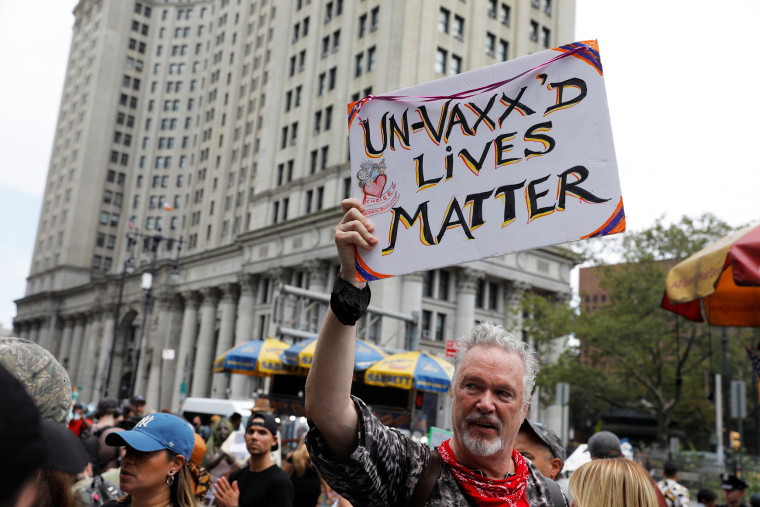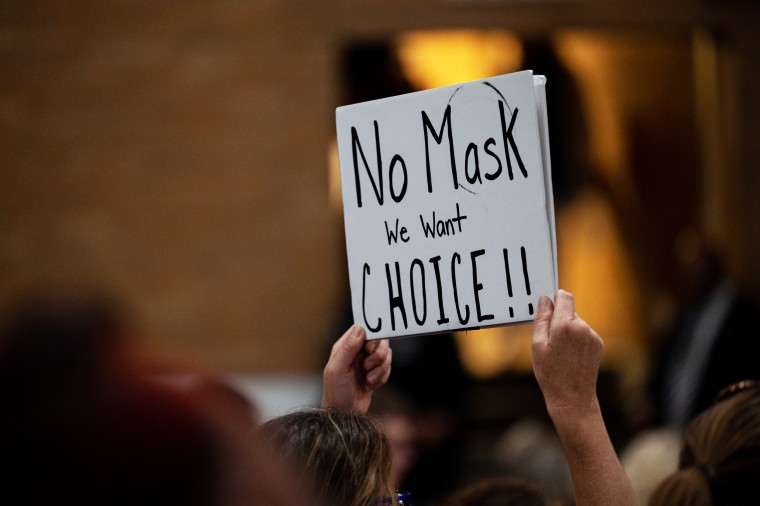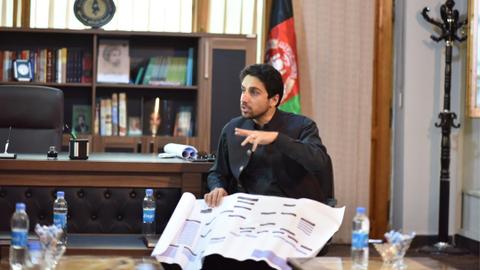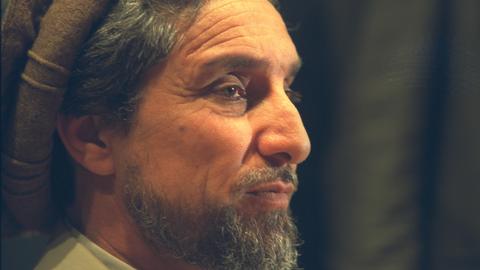Dean Olsen
State Journal-Register
A Sangamon County judge’s ruling Monday means an Auburn man hospitalized for COVID-19 at Memorial Medical Center will be denied a controversial drug thought to reduce viral complications, but normally used to treat people and animals for parasitic worms.
The wife of Randy Clouse, 61, lost her bid to force Memorial to allow her husband to receive ivermectin, a drug mentioned by Fox News hosts Tucker Carlson, Sean Hannity and Laura Ingraham as a possible treatment for COVID-19.
“She should have a right to try to save her husband,” Ralph Lorigo, a lawyer from West Seneca, New York, who is representing Anita Clouse said at a 2½-hour hearing in front of Circuit Judge Adam Giganti.
But Springfield lawyer William Davis of Brown, Hay & Stephens, representing the Springfield hospital where Randy Clouse has been hospitalized almost six weeks, the last four of them on a ventilator, said ivermectin as a COVID-19 treatment is unproven and potentially unsafe.
More: An animal dewormer to treat COVID? Poison control centers see uptick in calls; stores sell out
And Davis criticized the Chicago internist, Dr. Alan Bain, who prescribed the drug for Clouse and testified via video at Monday’s hearing. Davis said Bain failed to perform an adequate review of Clouse’s medical history and chose to ignore widespread medical advice on the use of ivermectin in COVID-19 patients.
“He wants to make Mr. Clouse a guinea pig,” Davis told Giganti before the judge denied Anita Clouse’s request for an injunction.

Bain said his study of the scientific literature and personal experience shows ivermectin is safe as a COVID-19 treatment. And he said he has empathy for Anita Clouse.
“I don’t think she could live with herself knowing that not everything was tried,” Bain said.
It’s unclear whether Lorigo will appeal Giganti’s ruling to the Illinois Appellate Court. Lorigo described Clouse’s condition as dire and ivermectin as a last-ditch effort to help him survive after conventional treatments.
Lorigo didn’t return a phone call and email seeking comment. Anita Clouse couldn’t be reached for comment.
Ivermectin isn’t approved by the U.S. Food and Drug Association for use in COVID-19 patients. The federal agency’s website contains a section labeled, “Why You Should Not Use Ivermectin to Treat or Prevent COVID-19.”
According to a USA Today Network story, interest in ivermectin is rising as the delta variant of the novel coronavirus has spurred higher COVID-19 transmission rates and increased concern among the vaccinated about becoming infected.
Your stories live here.
Fuel your hometown passion and plug into the stories that define it.
Create Account
Families of a handful of COVID-19 patients’ across the country have convinced courts to force doctors to use ivermectin, which also is not recommended by the U.S. Centers for Disease Control and Prevention or the World Health Organization.
Ivermectin in a pill form is used to treat parasitic worms in humans. A topical form of the drug is used to treat head lice and skin conditions such as rosacea, according to the FDA.
More:Ohio judge orders hospital to treat COVID patient with Ivermectin despite CDC warnings
Other forms of ivermectin are used to treat parasites in horses and cows and as a heartworm medicine for dogs.
Some initial research on ivermectin is underway, including six active clinical trials of ivermectin in the U.S. against COVID-19, according to a search of the U.S. National Library of Medicine's website, Clinicaltrials.gov. Most of the six trials call for ivermectin to be used with other drugs; all but one are small-scale, early studies. One study was withdrawn.
More study is needed, but there is “insufficient evidence to recommend either for or against the use of ivermectin for the treatment of COVID-19,” the National Institutes of Health said.
Some farm supply stores label ivermectin products as unsafe for humans, and others pulled the product from the shelves to prevent customers from using it.
Multiple reports of patients treated or hospitalized after “self-medicating with ivermectin intended for horses” led the FDA to issue a warning Aug. 21. “You are not a horse. You are not a cow. Seriously, y’all. Stop it,” the agency tweeted.
Randy Clouse, who reportedly was unvaccinated, tested positive for COVID-19 on July 21 and was admitted to Memorial the next day, according to the lawsuit filed Wednesday by his wife, who is his guardian and medical advocate.
He was transferred to a Memorial intensive-care unit July 24, on a ventilator Aug. 3, and on dialysis Aug. 10, court documents said. His chances of survival are less than 30%, the documents said.
Memorial refused to administer ivermectin “despite the minimal downside and side effects” and even after Anita Clouse offered to release Memorial and any doctors from any liability, the documents said.
In a written response filed in court Friday, Memorial officials said Clouse’s medical condition is “presently improving,” and he no longer has an active COVID-19 infection.
“His treating physicians believe administration of ivermectin will likely result in kidney and lung damage, which can lead to organ failure and death,” Memorial’s response said. “Mr. Clouse already has weakened liver and kidney function (and) ivermectin is more likely to push these organs over the edge.”
Bain testified he has never examined Clouse in person and isn’t his primary care doctor. But Bain said he has seen a video of Clouse and reviewed Memorial medical records through Aug. 22 that were provided by Clouse’s wife.
Bain said 30 of the approximately 40 Illinois patients he has treated for COVID-19 are patients he hasn’t seen in person. He said he primarily has a “telemedicine” practice, and he has prescribed most of his COVID-19 patients ivermectin in combination with other drugs.
Bain said he has seen patients either get better because of ivermectin, or the drug has given “signals” that it is causing some benefit.
He cited the case of a 68-year-old woman with COVID-19 who was weaned off a ventilator and discharged from Elmhurst Hospital in suburban Chicago after Bain administered small amounts of ivermectin for 20 consecutive days in May.
The woman’s family, represented by Lorigo, persuaded a DuPage County judge to prohibit Elmhurst Hospital from stopping the woman from receiving the drug.
“I have not found any problems with the safety of this drug,” Bain testified Monday.
Giganti denied Lorigo’s request for a court delay for a day or two so Bain could review medical records of a cyst found on Clouse’s liver in tests Aug. 4 and Friday.
The judge said he was surprised Bain was still willing to recommend ivermectin even after learning of the cyst from Memorial’s attorney at Monday’s hearing.
“We have a paucity of time,” Bain said. “Everybody at the hospital is doing a good job. At this stage … we need to assure that this add-on happens. … It could save his life.”
Contact Dean Olsen: dolsen@gannett.com; (217) 836-1068; twitter.com/DeanOlsenSJR.
Sky Palma
August 31, 2021

(Shutterstock)
An Ohio judge ordered a local hospital to move forward with treating COVID-19 patient Jeffery Smith, 51, with the anti-parasitic drug ivermectin. But according to New York University bioethics professor Arthur Caplan, the judge's order was "absurd."
"If I were these doctors, I simply wouldn't do it," Caplan told Ars Technica.
The case was brought to court by Smith's wife Julie after he was hospitalized with COVID-19 and placed on a ventilator.
After her husband was on a ventilator for 19 days, Julie reached out to Dr. Fred Wagshul about using ivermectin to treat his condition, according to court documents. Wagshul prescribed 30mg of ivermectin to Smith, but the hospital staff refused to administer the drug.
As Ars Technica point out, ivermectin was initially developed as a treatment for river blindness and other parasitic infections. At high doses, ivermectin can cause serious side effects in humans, ranging from nausea, vomiting, and diarrhea to low blood pressure, seizures, coma, and death.
It has not been approved as a treatment for COVID-19 in humans. Nevertheless, it's been falsely touted in anti-vaccine circles as an effective treatment for the virus.
Ivermectin "is absolutely not indicated for COVID. There is no standard of care saying you have to use it. Indeed, major medical groups advising against using it because people have died from it," Caplan said, adding that the judge's order was asking hospital doctors to do something "unethical and illegal."
Report Advertisement
"The doctors who are caring for the guy in the hospital are his doctors, not this guy," he said.
"The judge is trying to throw a life preserver to a dying man. The problem is what he's throwing is actually a 50 pound weight that'll sink him."













![Leopard attacks have increased in Indian-administered Kashmir during the COVID-19 pandemic [Basit Zargar/Al Jazeera]](https://www.aljazeera.com/wp-content/uploads/2021/06/SAVE_20210619_150136.jpg?resize=770%2C513)


